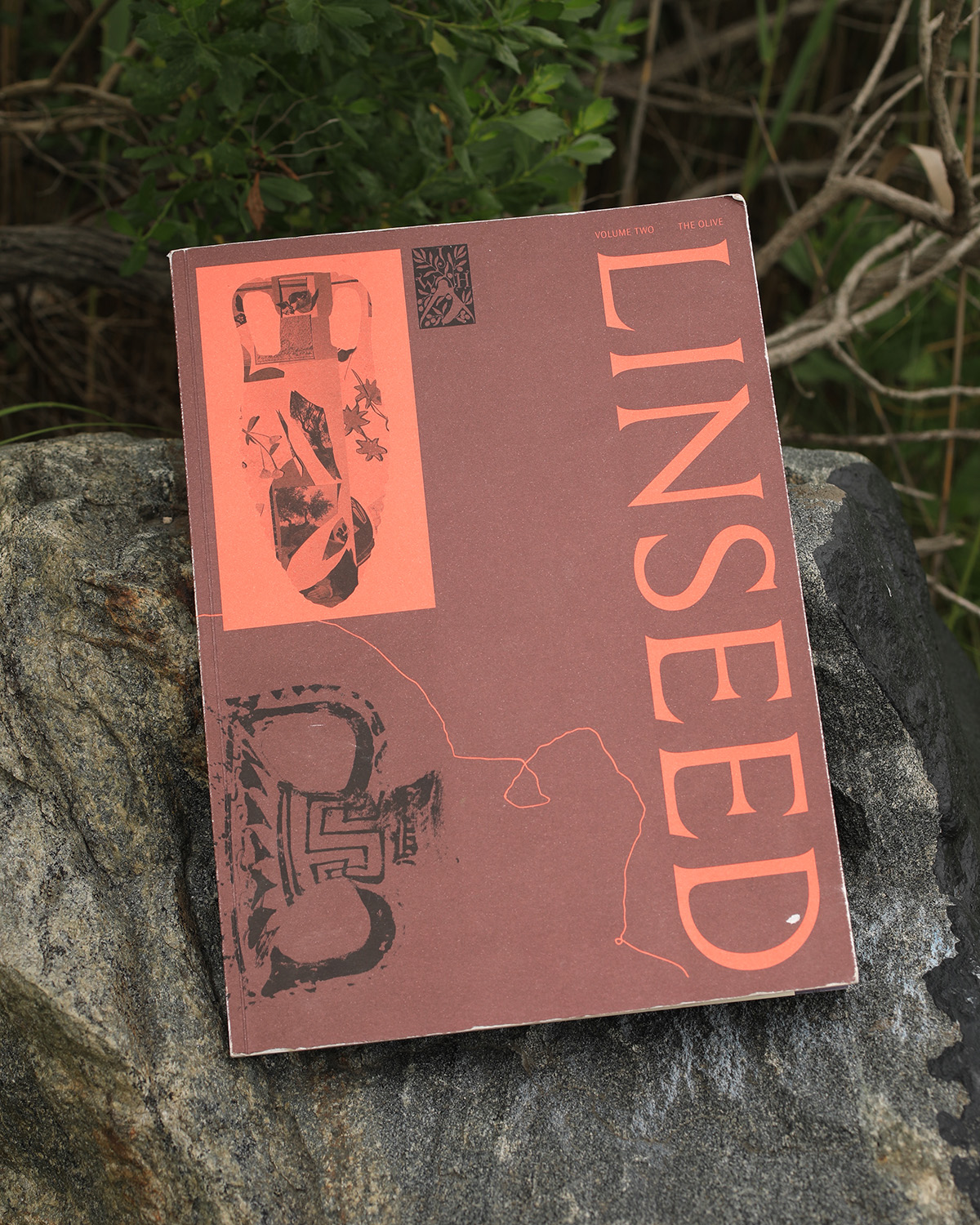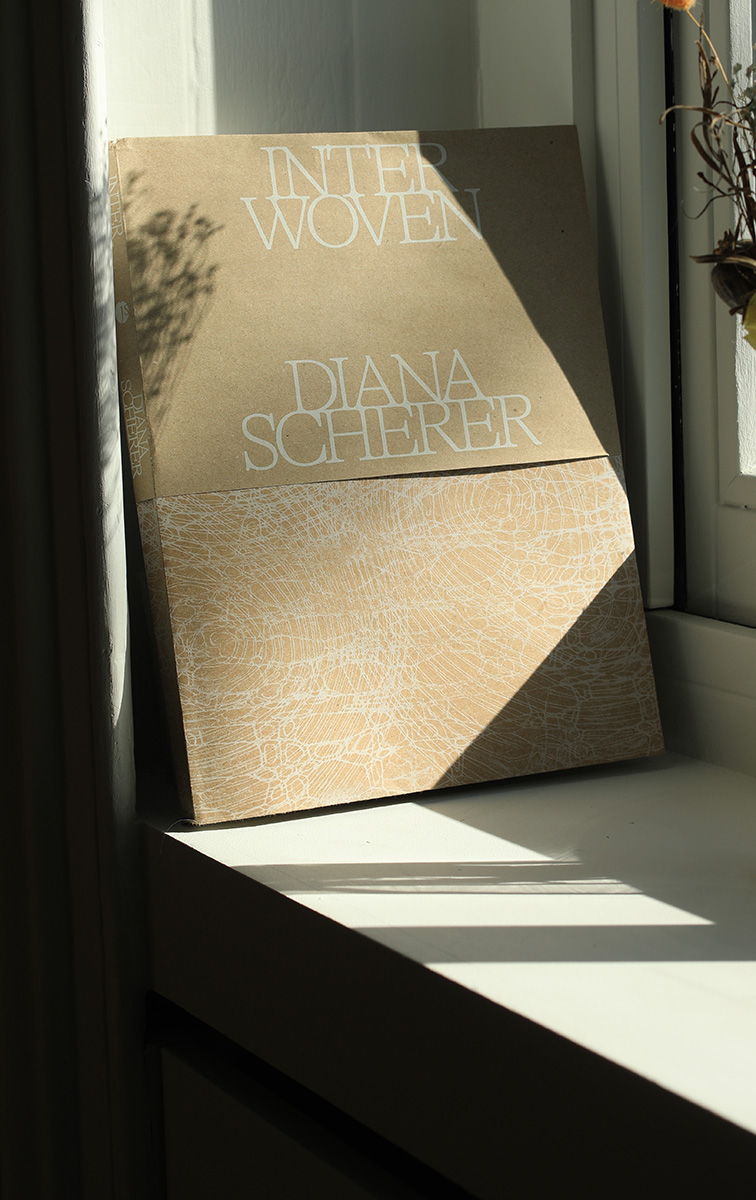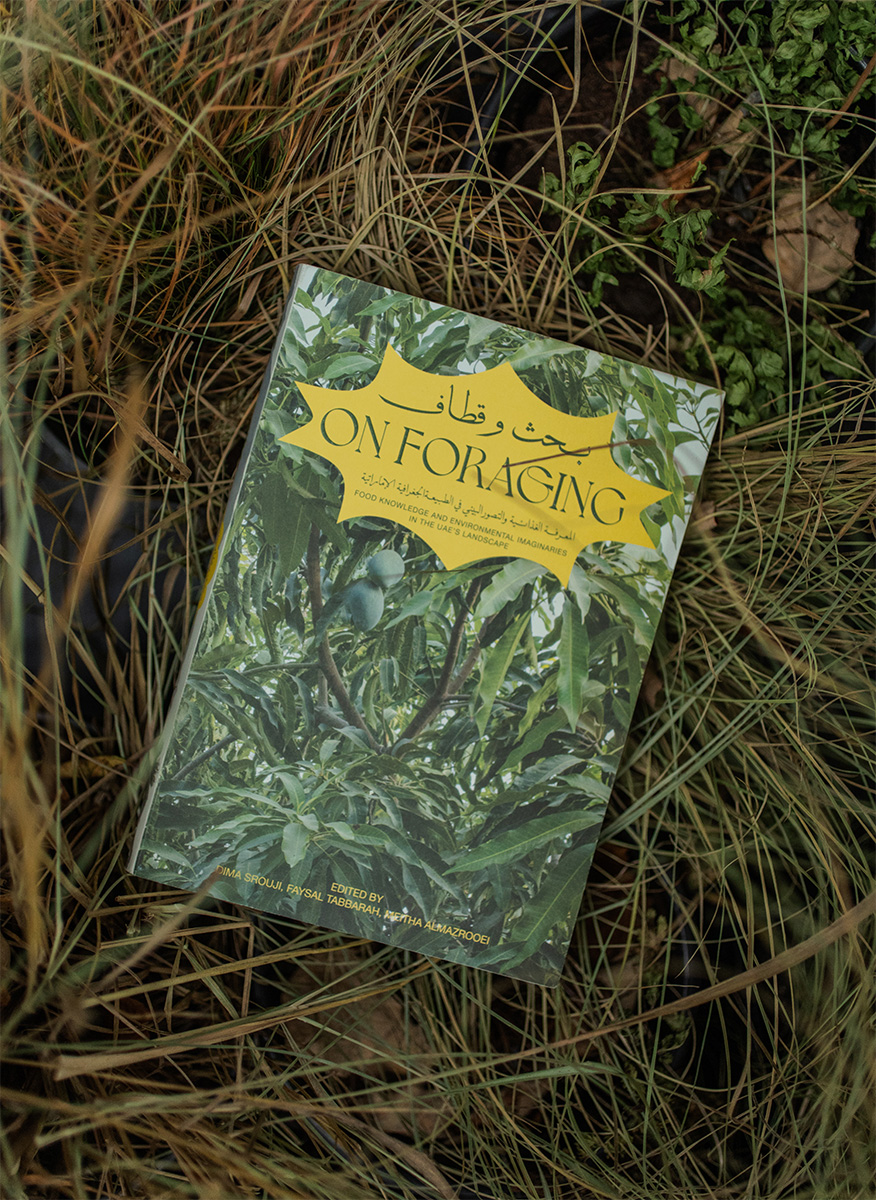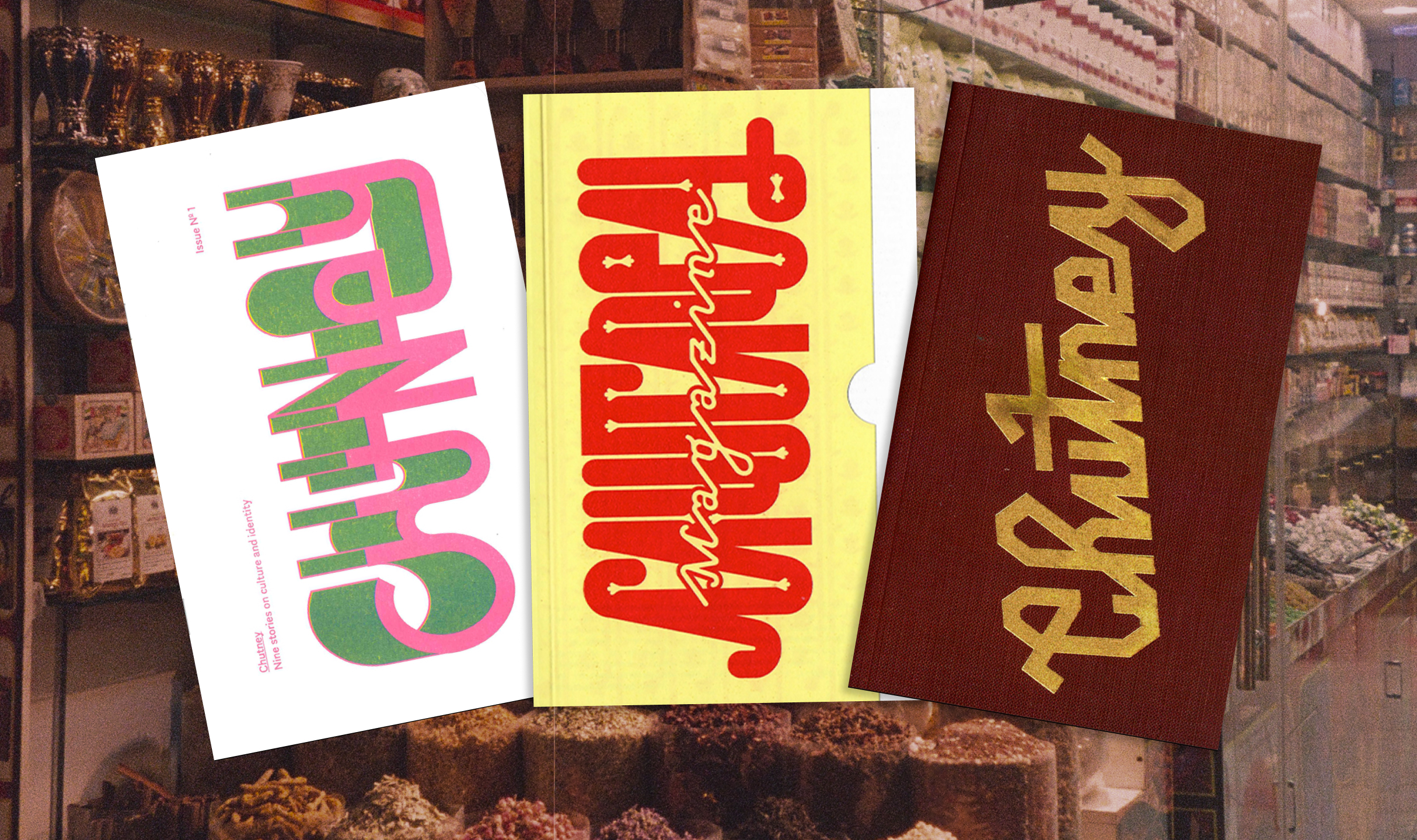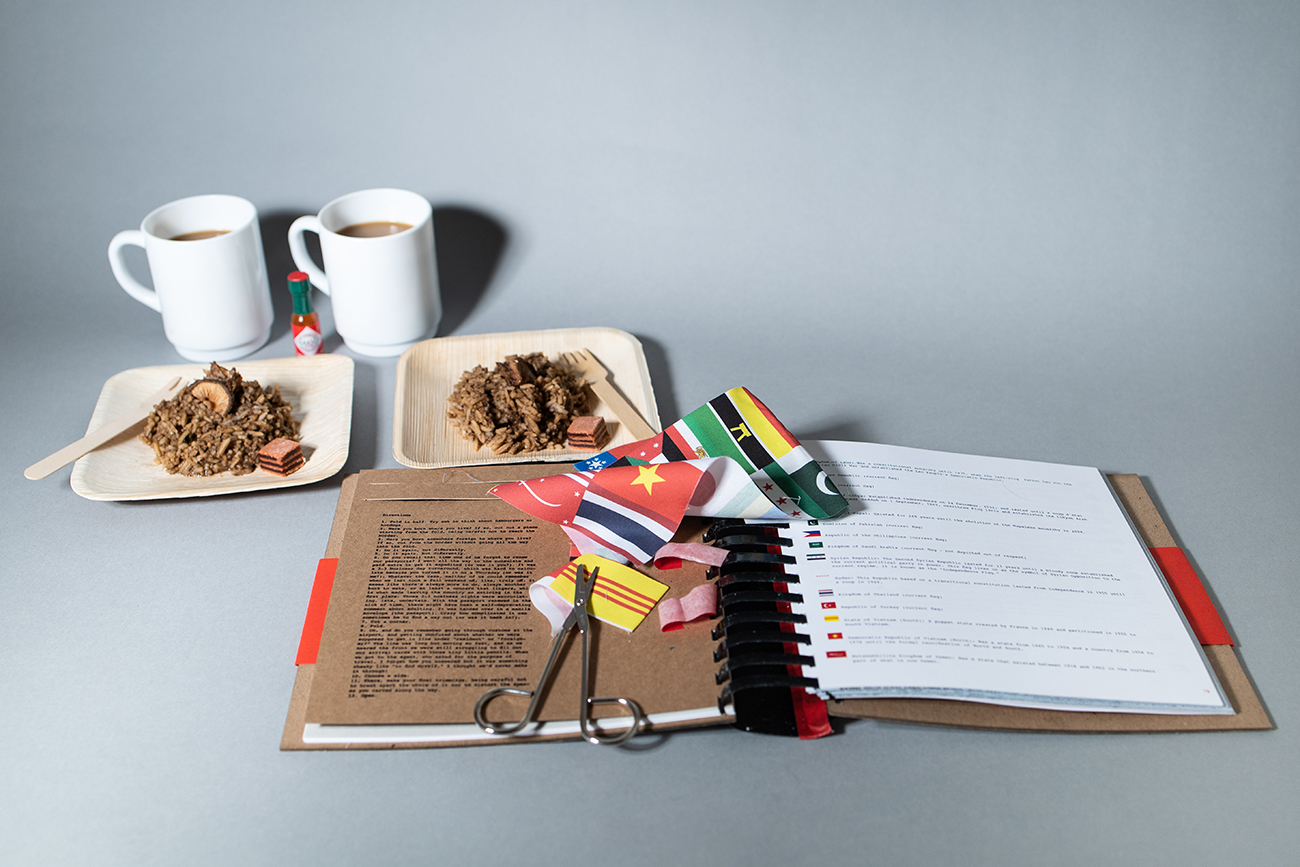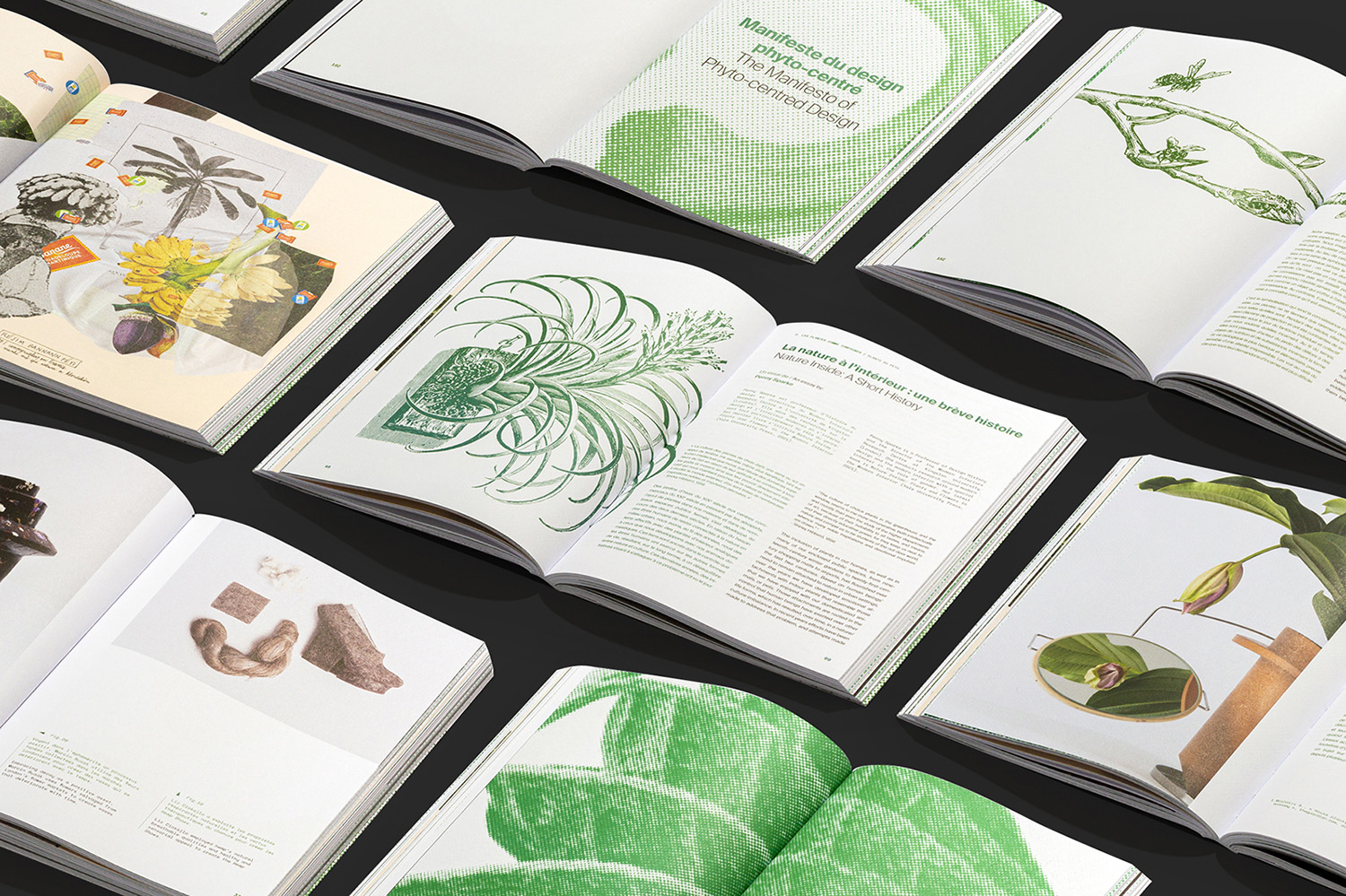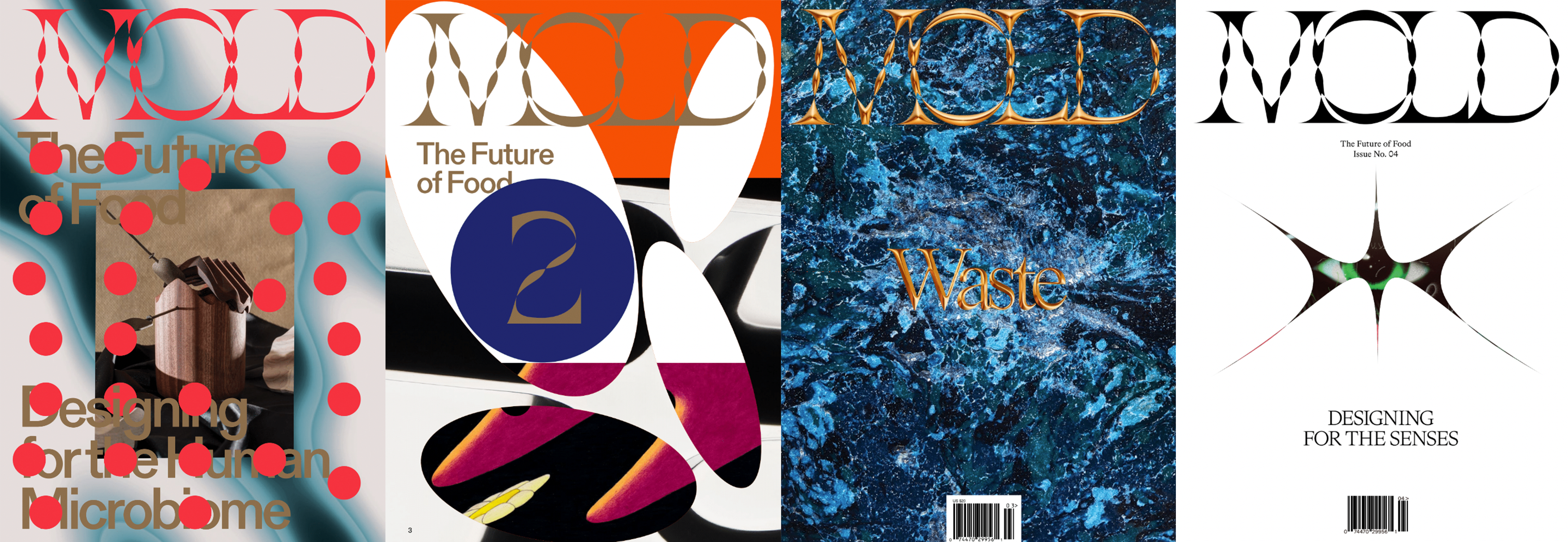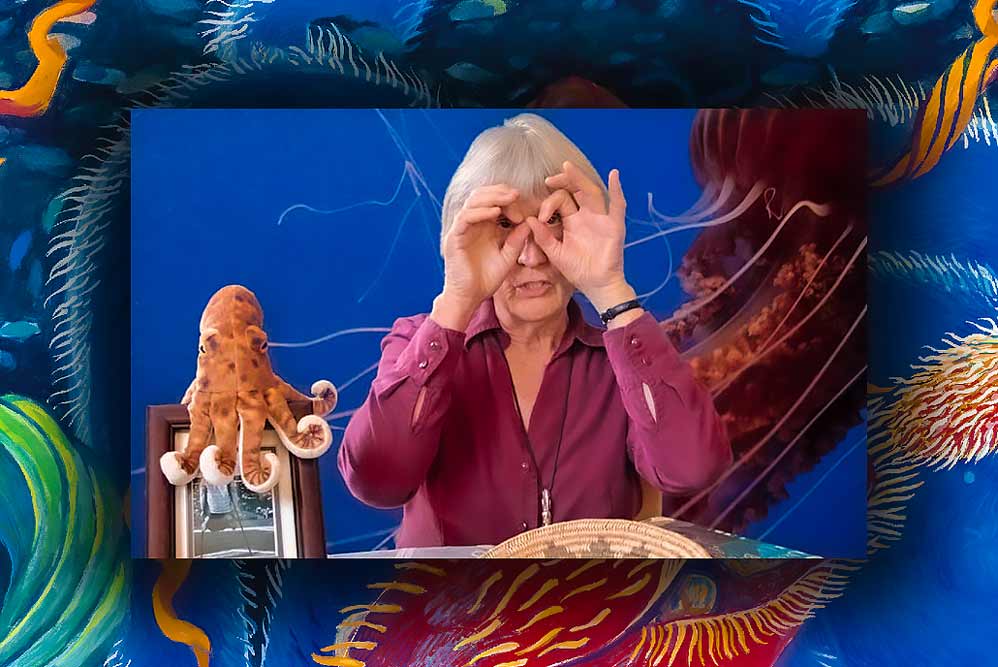Anyone who has enjoyed a meal with a toddler has experienced the joy of watching someone discover the pleasures of food. At 16 months, my godson finally grew a significant set of tiny baby teeth and it was incredible to watch him navigate the shape, texture and flavors of different foods while simultaneously deciding whether to employ a utensil, his tiny fingers, or, more often than not, a combination of the two.

The question of how design might be able to cultivate this sense of engagement and exploration in our relationship with food—for children and adults—is the challenge for A Seat at the Table, the second issue of MOLD Magazine. More specifically, we are interested in how the design of tableware and dining furniture can be employed in crafting new rituals around dining. Dining, after all, is not just eating. It’s social, cultural, personal, emotional and political. It’s also multisensory—eating is the only thing we do, besides sex, that engages all of our senses.
With the editors of the online design magazine Sight Unseen, Issue 02 of MOLD Magazine celebrates the beauty and innovation of iconic dining objects and furniture through the lens of a global set of independent designers working to create future icons. The designer/chef duo of Michel/Fabian offer two perspectives on designing utensils for the senses with respect to history and gesture. And this same respect for culinary tradition informed our choice to commission work from designers representing Brazil, Sardinia, South Africa, Togo and Vietnam to imagine new dining tools for eating insects.
Technology will have a powerful hand to play in considering future dining rituals. Pioneering food designer Martí Guixé reflects on 20 years of food design and the potential of digital foods, while Emilie Baltz argues that food itself is the connected device for our modern world. Devices might also mediate our dining experiences: in virtual reality, autonomous vehicles or as wearable algae farms.
Dining rituals are the most fundamental of performances and in this issue we note the rise of performance design in service to the design of new objects. For the citizens of war-torn Sarajevo, improvisational design and food rituals were a matter of life and death, but also purpose and celebration. And as our population rapidly ages, dining rituals and technology come together to offer solutions that bring people together to provide joy and nourishment.
For too long, design was limited to interior objects and defined by furniture, lighting and industry. How might these traditional objects of design be employed for the urgent purpose of feeding 9 billion people by the year 2050? Undoubtedly, the answer lies in embracing new foods and new typologies to address the food crisis. With the diversification of the kitchen pantry, design will be employed to bridge the divide between the table and mouth, craft rituals for celebrating the food itself, and offer products that engage all of the senses.
Cheers! Salud! Ganbei!
LinYee and Johnny
Co-Editors, MOLD Magazine
